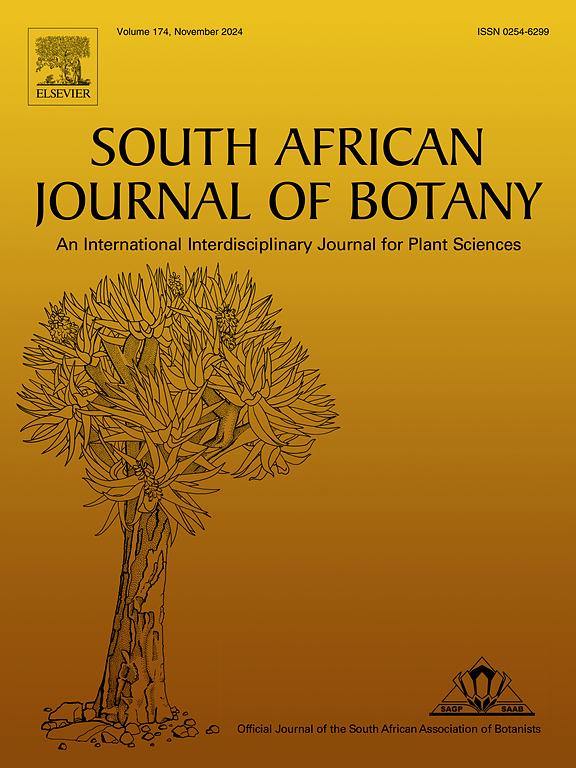Auxin-like potential of essential oils in strawberry micropropagation: A sustainable approach to root induction and photosynthetic performance
IF 2.7
3区 生物学
Q2 PLANT SCIENCES
引用次数: 0
Abstract
The aim of this study was to establish an efficient in vitro plant rooting for strawberry using essential oils (EOs) as substitutes for growth regulators in Murashige and Skoog (MS) medium. EOs from Thymus capitatus and Rosmarinus officinalis. The major components were carvacrol (33.78 %) and δ-terpinene (23.55 %) for T. capitatus, and 1,8-cineole (17.02 %), α-pinene (13.98 %), and camphor (12.11 %) for R. officinalis. Micro-shoots were transferred to MS auxin-free, with various concentrations of thyme (TEO) and rosemary EO (REO) to determine optimal concentrations for rooting. During the acclimatization, photosynthetic performance was assessed using the MultispeQ sensor, focusing on Maximum Quantum Efficiency of Photosystem II (FV/FM), Linear Electron Flow (LEF), and Photosynthetically Active Radiation (PAR). Results were compared to those obtained with exogenous indole-3-butyric acid (IBA) during the rooting stage. All treatments successfully induced root formation, indicating that IBA is not essential for root induction. The most effective rooting was achieved with REO at 100 ppm and TEO at 10 ppm after 30 days. Plants acclimatized with REO at 100 ppm exhibited the highest growth rate and optimal PSII performance, indicating superior plant health and survival. Both EOs are promising for providing sustainable alternatives to reduce reliance on chemical substances, particularly during the critical rooting phase in the micropropagation of edible crops such as strawberry. REO shows potential to mimic growth hormones like IBA and even cytokinin, stimulating auxiliary shoot growth and possibly reducing genetic instability, making it a promising area for future tissue culture research.

求助全文
约1分钟内获得全文
求助全文
来源期刊

South African Journal of Botany
生物-植物科学
CiteScore
5.20
自引率
9.70%
发文量
709
审稿时长
61 days
期刊介绍:
The South African Journal of Botany publishes original papers that deal with the classification, biodiversity, morphology, physiology, molecular biology, ecology, biotechnology, ethnobotany and other botanically related aspects of species that are of importance to southern Africa. Manuscripts dealing with significant new findings on other species of the world and general botanical principles will also be considered and are encouraged.
 求助内容:
求助内容: 应助结果提醒方式:
应助结果提醒方式:


